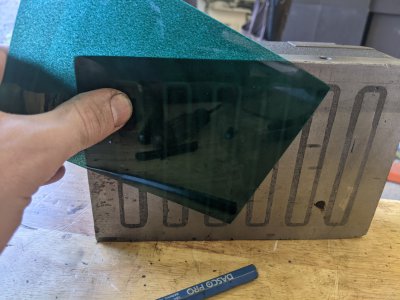- Joined
- Aug 3, 2017
- Messages
- 2,437
So I bought this magnetic compound sine plate on ebay, advertised as not working. I took the risk and ordered it anyway, as a smallish compound sine plate will come in handy on the surface grinder.
I pulled it apart to clean it, and confirmed it didn't work. I pulled apart the electric access panel and saw that there were some messy wiring, and some that were not attached.
So I thought I had my problem!
I pulled theeexisting wiring and ran a new source.
According to the data plate, for 110v I want one of each wire color connected to each line in. (They call it black and red, I clearly have black and yellow...).
I stripped back enough of each wire to get to no-longer crumbly bits, and confirmed with a multimeter that it made sense.
Resistance between the wires was the same, black to black and yellow to yellow were both 2.08k ohm. Crossing colors was "open". My guess is there are two magnets, one with 2 yellow wires, 1 with 2 black.
However, when wired up, it still doesn't cause any magnetic force at all! Does anyone have any guesses as to what I could try?
I checked with a multimeter, my plug has 1.04k ohm resistance, which seems right for two sets in parallel.
I pulled it apart to clean it, and confirmed it didn't work. I pulled apart the electric access panel and saw that there were some messy wiring, and some that were not attached.
So I thought I had my problem!
I pulled theeexisting wiring and ran a new source.
According to the data plate, for 110v I want one of each wire color connected to each line in. (They call it black and red, I clearly have black and yellow...).
I stripped back enough of each wire to get to no-longer crumbly bits, and confirmed with a multimeter that it made sense.
Resistance between the wires was the same, black to black and yellow to yellow were both 2.08k ohm. Crossing colors was "open". My guess is there are two magnets, one with 2 yellow wires, 1 with 2 black.
However, when wired up, it still doesn't cause any magnetic force at all! Does anyone have any guesses as to what I could try?
I checked with a multimeter, my plug has 1.04k ohm resistance, which seems right for two sets in parallel.
Attachments
-
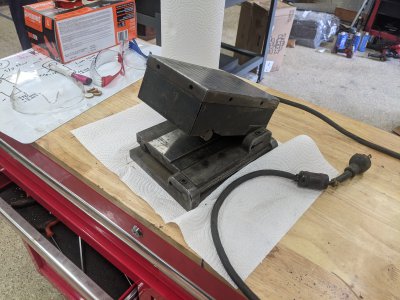 PXL_20210507_220121008.jpg3.5 MB · Views: 12
PXL_20210507_220121008.jpg3.5 MB · Views: 12 -
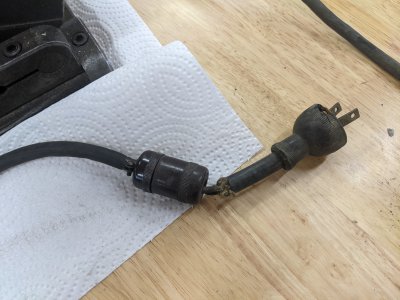 PXL_20210507_220129694.jpg3.3 MB · Views: 12
PXL_20210507_220129694.jpg3.3 MB · Views: 12 -
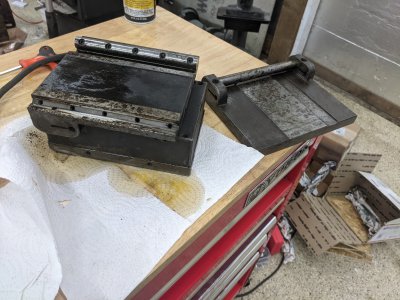 PXL_20210507_221107935.jpg3.4 MB · Views: 9
PXL_20210507_221107935.jpg3.4 MB · Views: 9 -
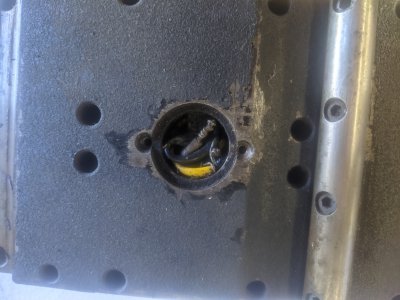 PXL_20210507_224125410.jpg1.8 MB · Views: 8
PXL_20210507_224125410.jpg1.8 MB · Views: 8 -
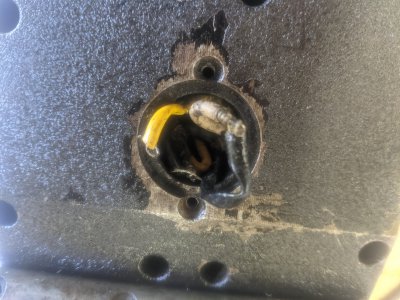 PXL_20210507_225306882.jpg2.2 MB · Views: 8
PXL_20210507_225306882.jpg2.2 MB · Views: 8 -
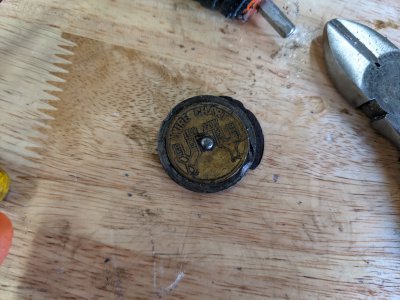 PXL_20210508_000749011.jpg3.2 MB · Views: 13
PXL_20210508_000749011.jpg3.2 MB · Views: 13 -
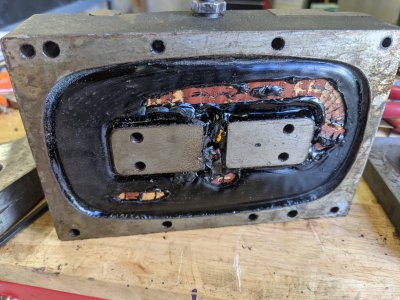 PXL_20210508_001407946.jpg3.1 MB · Views: 12
PXL_20210508_001407946.jpg3.1 MB · Views: 12 -
 PXL_20210508_001410622.jpg2.9 MB · Views: 11
PXL_20210508_001410622.jpg2.9 MB · Views: 11


